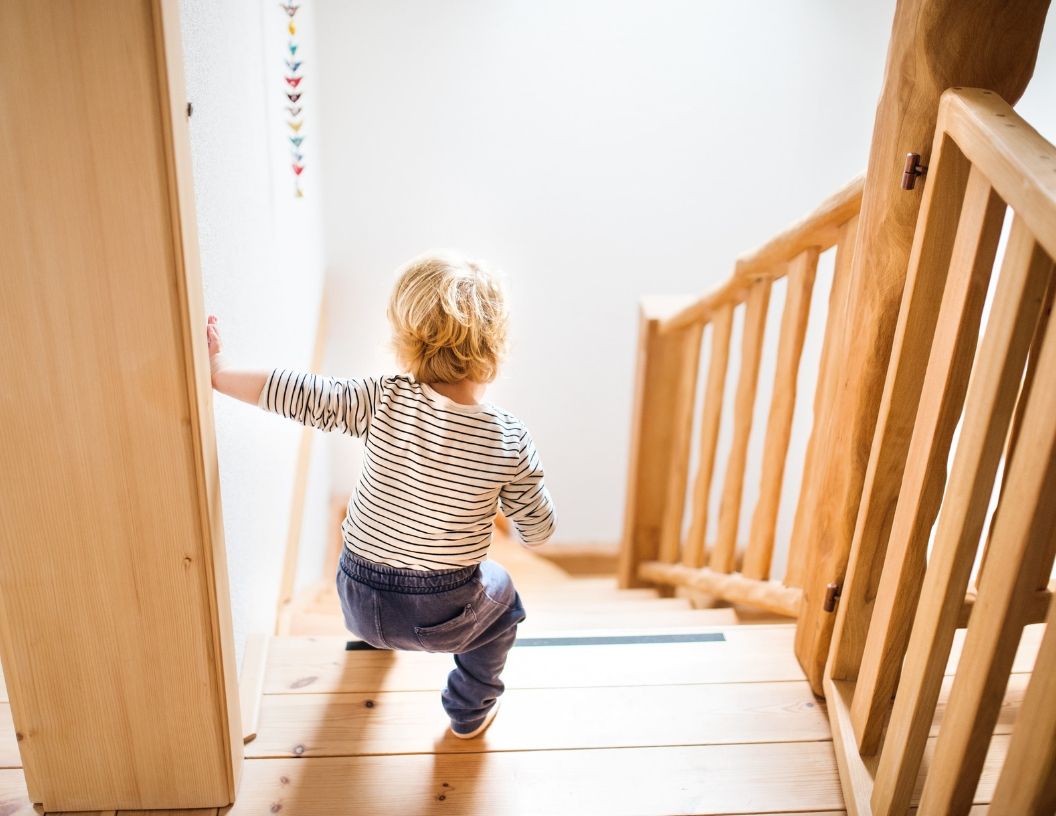
How To Baby Proof A House – Room By Room
When your baby becomes mobile, your life will completely change. Now that your baby is on the move, they will start to explore and become more curious.
Curiosity is a great trait that babies have, it helps them learn and understand the world around them, but when it comes to exploring a house, there are many harmful and potentially life-threatening risks, that become more prominent.
So, to avoid trips to the emergency room, take these precautions and keep reading to learn more on how to baby proof a house.
Is Baby Proofing Necessary?
You may look at your house and think, is baby proofing really necessary? The answer is yes, most definitely. For example, as a new mom, I never looked at a toilet and thought it could potentially be a life-threatening object, but come to find out, 350 children under the age of 5, drown in a toilet each year.
Now, this post is not meant to scare you or give you nightmares, I’m writing this post to help new parents understand the potential dangers inside their home and how to avoid these risks and keep your children safe.
These are all things I wish someone had told me before I became a parent, so I have compiled a list to help parents baby-proof their house and let their babies roam freely without harm.
The Stairs
Let’s start with the obvious. When it comes to baby-proofing a house, the most common hazards we think of are the stairs. They may seem like no brainers, but they are important to note seeing as they can be life-threatening and are a huge contributor to emergency room visits each year.
If you live in a single-story home you can disregard this topic altogether. However, if you have stairs in your home, this is a tip you won’t want to miss. When we went through and baby proofed our house, the first thing we bought was a baby gate for the stairs. Click here to see the exact baby gate we bought.
When you install the baby gate, make sure the gate opens away from the stairs, no matter if it’s at the bottom or the top of the stairs. This is important because if your baby ever leans against the door of the gate you want to decrease the risk of it coming unlatched and opening towards the stairs, and having them fall down the stairwell.
Another important thing to note is to make sure you anchor the gate into the wall using screws. The gate we have comes with all the parts you need for this type of installation. Anchoring a gate this way will ensure stability, knowing that if the gate is pushed against or leaned on, it will stay securely fastened to the wall and will not budge.
Another tip for baby proofing the stairs, if your house is like mine and a gate won’t work with the opening of your stairway, you can improvise with chairs or an ottoman. The base of our stairs is oddly shaped and too wide for a gate, so we placed the baby gate at the top of our stairs and placed two chairs on their sides at the bottom of our stairs to keep our daughter from climbing them.
Electrical Outlets & Cords
Electrical Outlets
Electrical outlets are a huge hazard for the obvious risk they pose for electrocution. They are also a higher risk because more often than not, they are placed right at eye level and at just the right height for curious little fingers to find. Luckily there are many baby-proofing tricks put there to guard your little one from messing with these outlets.
The best way to protect your baby from an unused electrical socket is to cover it with a plastic cap. These baby proof caps fit snugly into the socket creating a seal that can’t be broken by tiny little fingers or hands. They also cover the enticing black holes that entice your baby to play with them, causing them to be far less interesting to your baby.
If you have cords plugged into your outlets that you want to prevent your baby from getting there are also great outlet protectors that go over the cords and hide them from view. Simply plug your cords in, place the cover over the outlet and snap it shut.
Power Strips
Along with electrical outlets, electrical cords are just as important when it comes to learning how to baby proof a house. If you’re anything like my husband and I, you have multiple things plugged into one electrical outlet. In order to condense and keep our cords from becoming a tangled mess, we invested into a power strip.
These may free up wall socket space, however, they still provide a high risk to your baby if they were to ever get a hold of them. So to help eliminate this risk, there is an amazing thing called a strip protector. Mommas, these are seriously awesome!
You simply place the strip protector over your power strip (with the cords plugged in) and voilà! That thing is baby-proofed! The strip protector prevents your baby from being able to pull the cords out and it also covers any unused sockets, eliminating the risk of electrocution.
Cords
Obviously any type of cord or rope is a risk for your baby, and unfortunately, all those power cords are a disaster waiting to happen. For example, in our house, we have a TV, a soundbar, and two cable boxes that all plug into the same power strip, and all those cords are at least 5 feet long.
So in order to keep those dangling power cords out of reach from tiny hands, we used zip ties and bunched them up and connected them to the back of our TV.
If you’re wanting something a little more aesthetically pleasing, there are wall hooks which can be mounted to your wall and you can wrap and coil your cords around them. These are also a great way to keep those cords off the floor and out of reach.
Bathrooms
Toilets
As a new mom, I never thought a bathroom would pose much risk to my baby until she started becoming more mobile. I noticed she was fascinated by the toilet, which at first, I didn’t find dangerous, it was simply just gross, but then I learned that children can and have drowned from falling into toilets.
As I mentioned before, toilets contribute to 350 child deaths a year. Terrifying, I know. So when I heard about this, I started looking into ways that I could baby proof my toilets, and what I found was genius – baby safety toilet locks.
These toilet locks resolved all my nightmares. The lock is simply a knob with an extended arm that rotates into a lock and unlocked position. To install, you simply adhere the knob to the toilet seat. When the knob is rotated into the locked position, the extension creates a wedge prohibiting the toilet seat from lifting up.
In order to lift the toilet seat, push down on the push switch located on one side of the knob, grab the handle, press down and rotate. That will release the knob into the unlocked position, allowing you to lift the seat.
This knob is the best way to baby proof your toilet seats, and trust me, mommas, you will want to do this.
Cabinets & Cleaning Supplies
Another threat you may find in your bathroom when it comes to your little one is cleaning supplies, or other things you place in your cabinets.
Once again those curious little fingers will find their way into everything, starting with cabinets. They are often just the right height and easily accessible to your baby, so believe me when I say they will try to open them.
The best way to baby proof your cabinets is to install a door latch. It consists of two operating pieces:
- A hook for the cabinet door
- A stub for inside the cabinet where the hook will latch when closed
To install, simply adhere the stub to the inside of the cabinet above where the door closes, then line up and adhere the hook on the cabinet door, so when closed the hook will latch to the stub. Once the cabinet is closed, there is a childproof safety feature which allows you to press down, releasing the latch and allowing you to open the door.
When your little one tries opening the cabinet, the latch will catch on the stub, keeping the door from opening no more than an inch wide, helping keep those curious little hands safe, from whatever may be in that cabinet.
The Kitchen
Cabinets & Cupboards
Like I mentioned earlier in the bathrooms, cabinets, and cupboards are used to stow away various things like chemicals or cleaning agents, and many more things you don’t want tiny fingers finding. So when they get to the age where they learn how to open drawers and cabinets, the best way to prevent this is by using cabinet locks and latches.
I use the same latches in my kitchen that I use in my bathroom. You can find them here.
Oven & Stove
Obviously a huge hazard in the kitchen in the oven and the stove. Both get extremely hot and it’s clear to see how this could potentially be dangerous for your baby.
In order to prevent your baby from suffering severe burns, or accidentally setting anything on fire, you can place childproof locks over the oven door and over the stove knobs.
Fridge
When it comes to baby-proofing a house, most would never think of a fridge to be dangerous. Well, in short, the fridge itself isn’t the threat, however, magnets are. Not only do magnet pose a huge risk for choking, but if swallowed they can even be toxic.
So magnets are a very important thing to remember when considering how to baby proof a house. You don’t have to get rid of your fridge magnets altogether, just be sure to keep them high up and out of reach from any babies or children.
Trash Can
Another important thing to consider when childproofing is your trash can. Think about all the nasty things that go into a trash can, that are sure to spike your baby’s curiosity. Before you know it you could have trash scattered all over your house. Aside from the mess, we throw things away that could also be harmful such as raw chicken, batteries, other tiny chokable objects, etc.
To keep your baby safe and out of the trash can, be sure to have a lid on it, and you can even go a step further as to placing a child lock on the lid if your little one just won’t leave it alone.
The Laundry Room
As a new mom, I never thought of baby proofing my laundry room. But now that my baby is mobile, I realized I actually have some things in there that could potentially be harmful to her. Things like:
- Laundry Detergent
- Dryer Sheets
- Bleach
- Electrical Cords
Trust me when I say, your little one is curious and they will get into everything, especially things that are brightly colored and smell nice.
Unfortunately, laundry detergent is very appealing to babies because it smells nice, and some detergents such as Tide Pods can even resemble food/candy (although they have redesigned their packaging to be childproof).
Another important hazard to be aware of is dryer sheets and the risk of suffocation. The smell of dryer sheets can be tempting to your little explorer, but be careful not to let them place it over or in their mouth, to prevent the risk of suffocation.
Keeping these items stored in locked cabinets, or cupboards high off the ground and out of reach of children is an important step in baby proofing your house.
The Living Room
Blinds
Something that came as a shock to me when I was researching ways to baby proof a house, was blind cords. I mean it makes sense now, but looking back I never realized those could pose a potential threat to a baby’s life.
Studies show that at least two children per day end up in the emergency room due to blind related injuries. The biggest threat that comes from blinds, is the pull cord. Children have been reported to accidentally get them caught around their neck which can sadly result in strangulation.
As horrific as this is, it can be prevented by keeping your blind cords coiled or wrapped up and kept high out of reach from your babies and children. You can find hooks like these which mount or stick (damage-free) to you wall, where you can wrap the slack from your blind cord and keep them out of reach from babies.
Furniture/Sharp Edges
When your baby starts crawling and walking, it won’t be long before you notice everything is perfectly placed right at eye level for them. This means there could be many head-related injuries in your clumsy little one’s future.
To prevent your baby from suffering cuts, bumps and bruises to the head or face, you can place cushioned edging around the sides and corners of your furniture. Things like:
- Coffee Tables
- Toy Chests
- Blanket/Coat Racks
Basically, anything that comes eye level with your baby that has a sharp edge, can be padded with this foam edging and will keep your baby safe from any falls or stumbles they may experience.
How To Baby Proof A House
I know what you’re thinking mommas, suddenly everything has become a hazard to your baby. I’m sure you’re thinking, will this list ever end? Is everything a potential threat? The short answer is no. But with this list, I hope to bring things to your attention that may otherwise go unnoticed until it becomes a threat.
When it comes to baby-proofing a house, it’s clear there is a lot that goes into it. My suggestion would be to set aside a couple hours one weekend and get everything baby proofed. Once it’s done you can rest easy knowing your baby is safe no matter where they’re at or what they’re doing around your house.
As you can see it is so important to take the time and identify all the potential hazards and risks throughout your house when your baby becomes mobile and gets more curious and into exploring. With this list, you can confidently know how to baby proof a house and take the edge off knowing your baby will be safe.
Did you find this post helpful? Do you have any tricks to baby proofing a house? I would love to hear them! Please leave them in the comments below!
XOXO
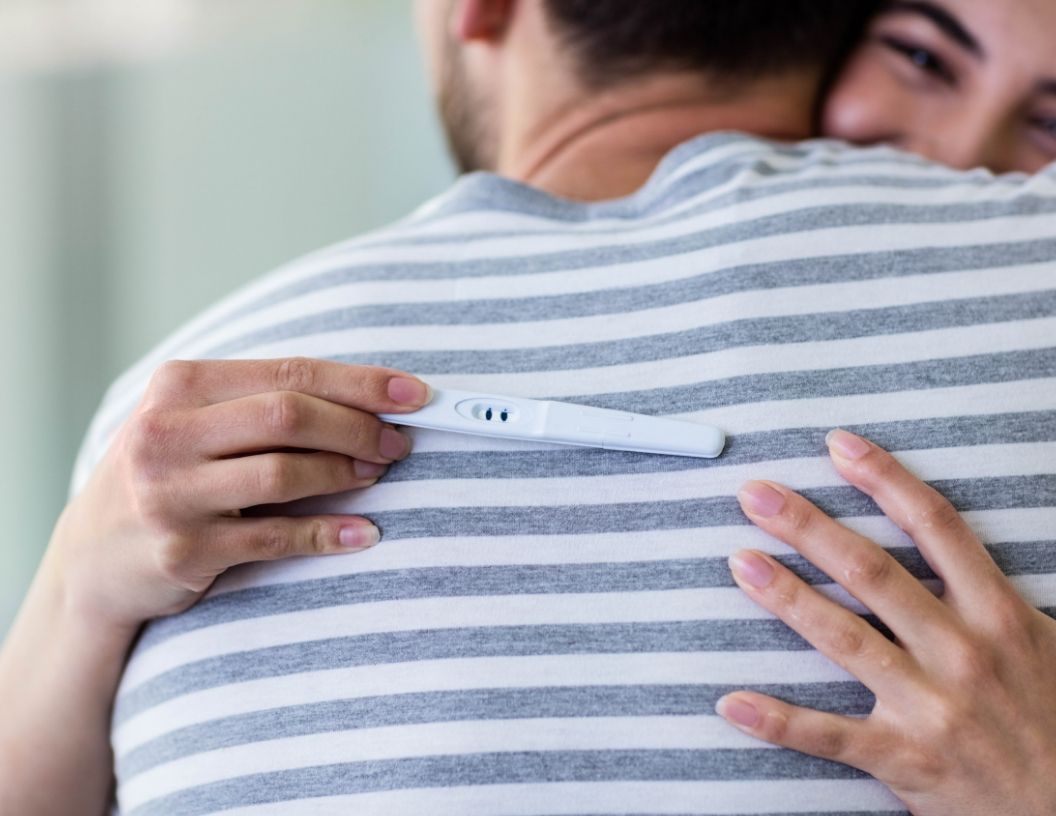

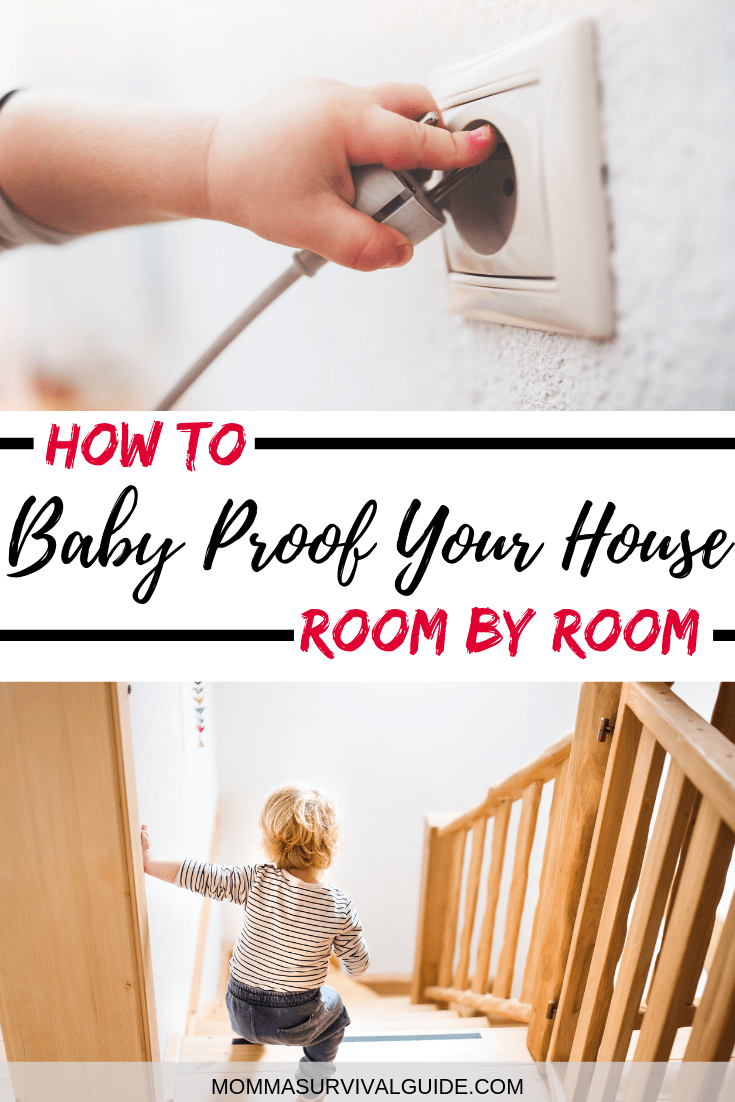
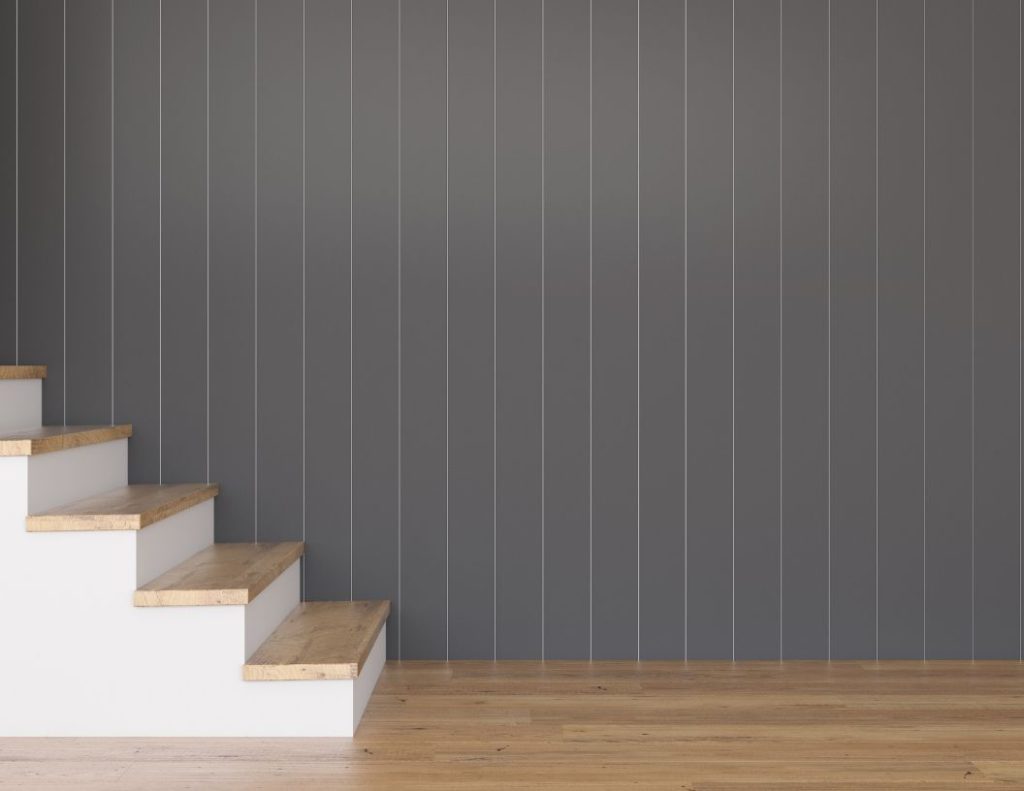
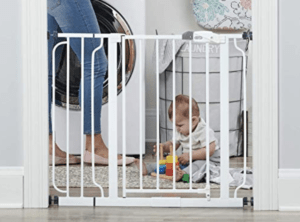

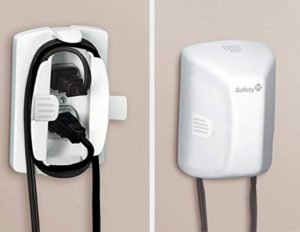
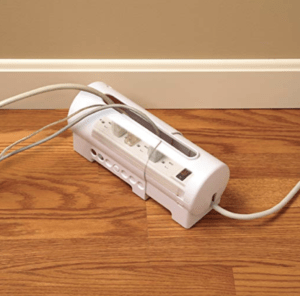
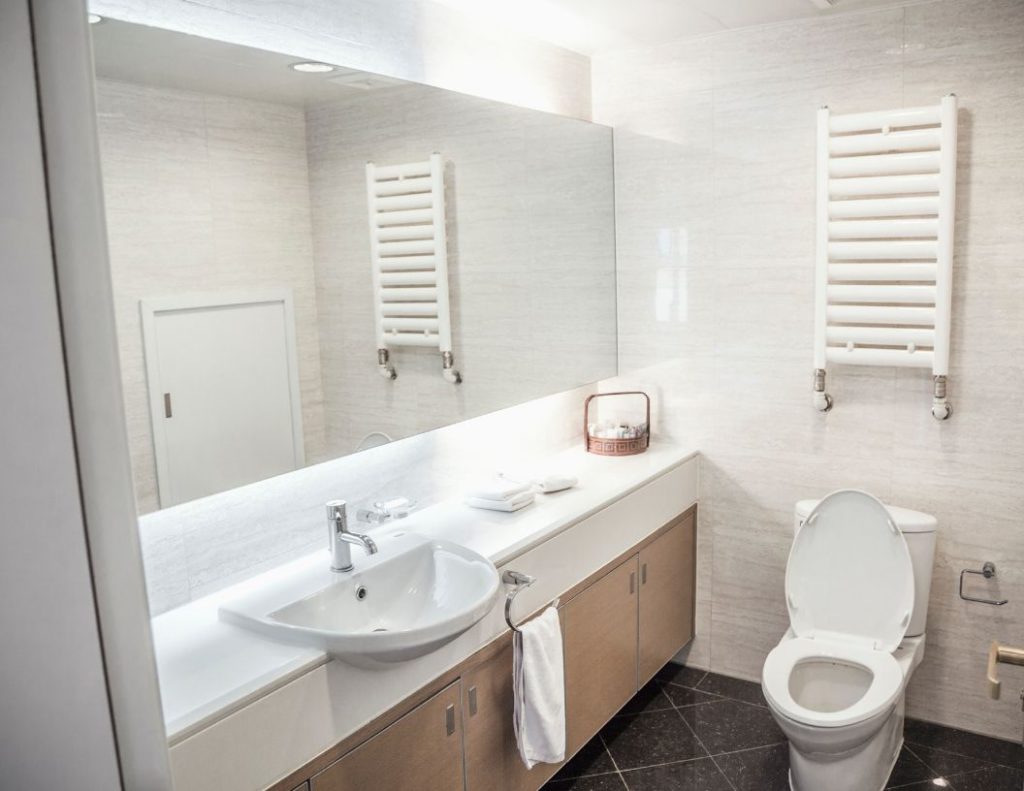
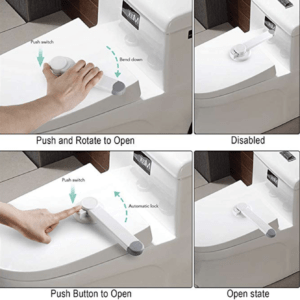
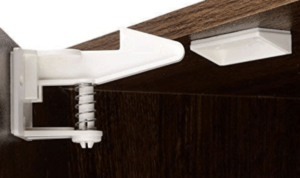
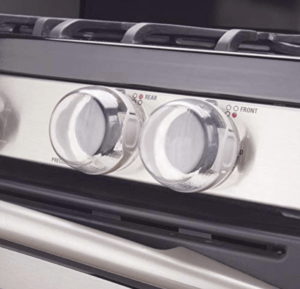
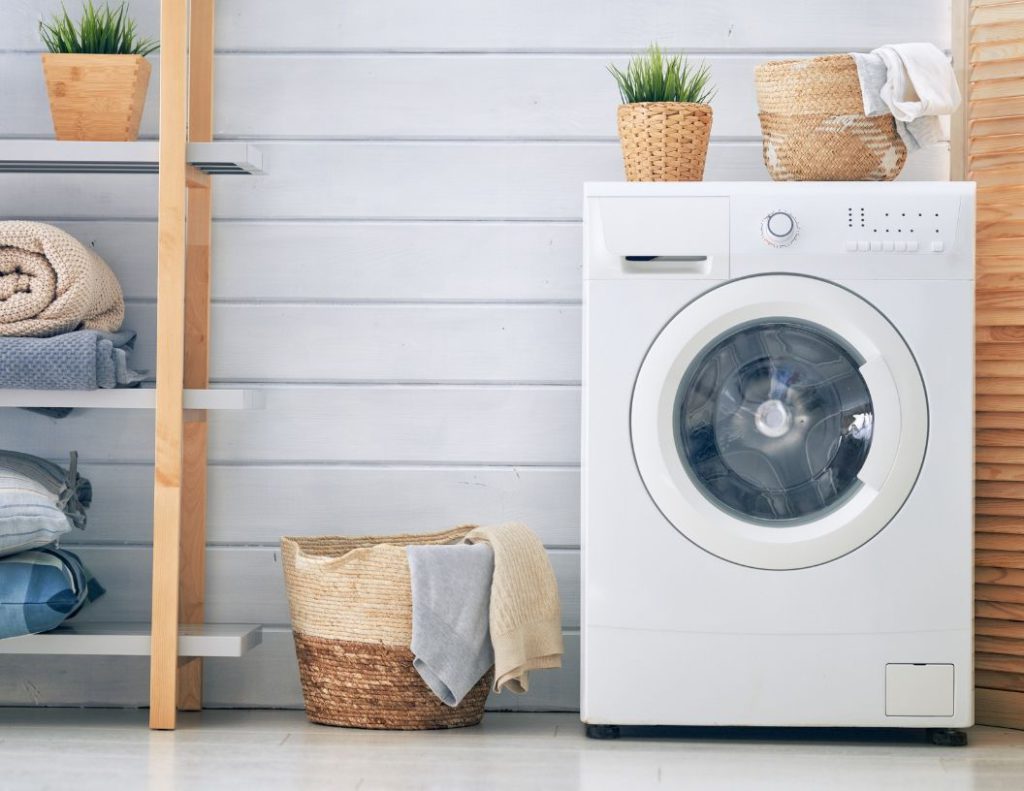
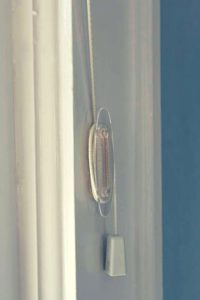
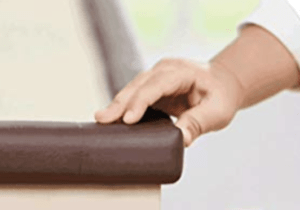




4 Comments
Zak
Baby proofing is such an important thing to do, but I feel like my daughter is always figuring out ways around it! She’s undone the ‘baby proof’ latches on the TV cabinet and she’s only 1!! but the ones in this article look much better than the ones I have. I really like the baby proof products for the electrical cords too. I just bought the cheapo socket plugs, which work fine, but for the cords that are already plugged in she heads straight for them to pull them out the wall. I will need to invest in one of those socket protectors so she can’t pull them out!
Madysen
Hi Zak!
Yes babies are so smart and unfortunately depending on the products you buy, they can potentially outsmart them. So far all of the baby proofing products we have bought, my daughter hasn’t been able to overcome. Luckily there are several options for each object needing to be baby-proofed, so if your baby gets through one childproof obstacle you could try a different option. For example with the light socket covers, maybe you could try a cover that automatically closes over the socket and blocks off the entire outlet instead? Here is a link for one I found.
Bobby
Madysen,
Great article! Man, I can’t tell you how many times my kids have gotten into the trash can, almost touched the open oven, or bumped heads on corners🤦♂️. I always say they’re little people living in a big world, and it gets overwhelming at times for them. We got those wall socket protectors and those were great for our kids. Also, we would close closets with a tied necktie or zip ties that were just loose enough to undo as well. Sometimes, those little ones just get into those small corners you don’t think about. I think your suggestions are great for parents like me and my wife:) thank you for your insights!
Madysen
Hi Bobby!
Ugh the dreaded trash can, my daughter was so drawn to this when she started walking, it was awful! It’s stuff like that, that you don’t think about until its too late. Zip ties are awesome for baby proofing things because they’re so versatile, I’m glad you found this list helpful! Thank you for your feedback:)